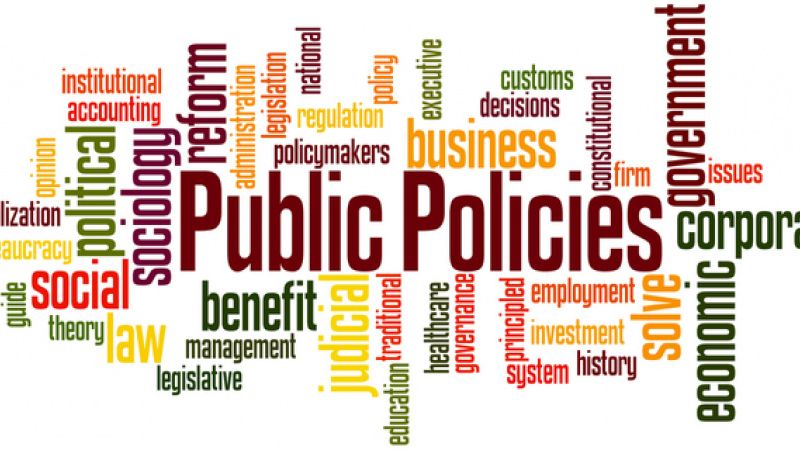Politics seems to dominate many conversations these days and no matter which side of the aisle you are on, it’s important to be educated about the policy decisions that might affect your life. To ensure that the ongoing conversation about public policy stays at the forefront, we’re breaking everything down for you so that you can understand how these policies may affect your health and well-being. Here’s what you need to know:
Medicare
For most seniors, Medicare is an integral part of their health care coverage, continuing to provide affordable access to care after entering retirement. According to AARP, there are currently “57 million beneficiaries who rely on it to cover prescription drugs, doctor visits and hospitalizations.” The new health care bill, which is still being worked on by Congress, seeks to redefine Medicare from being a benefit program to a contribution program.
A contribution program would require you to pay into a private sector insurance program for Medicare, as opposed to how it is currently organized, which is that it covers a standard amount of benefits approved by the government. AARP found that many consumer advocates think that this new “approach would erode much-needed coverage and shift costs to many who live on fixed incomes and continue to struggle in the shadow of the Great Recession.”
To learn more about changing health care policies for the elderly, read AARP’s Special Report on Why Medicare Matters.

Federal Funding for Aging Services
Federal programs for seniors, such as Meals on Wheels and the Low-Income Home Energy Assistance Program (LIHEAP), might no longer receive funding as a new budget is considered by the administration. Here are the federal programs for seniors that are at risk:
- Senior Community Service Employment Program (SCSEP). This program provides job training and placement for people with limited incomes over the age of 55. The National Council On Aging (NCOA) reports that “last year under SCSEP, 70,000 older adults received on-the-job training while providing nearly 36 million hours of staff support to 30,000 organizations.”
- Low-Income Home Energy Assistance Program (LIHEAP). LIHEAP is a program that provides assistance to low-income homes in order to help with the cost of heating, cooling and electricity. NCOA found that “about a third of the nearly 7 million households receiving LIHEAP include an older adult aged 60+.”
- Community Services Block Grant (CSBG). This is the grant that Meals on Wheels funding falls under, as well as other social improvement programs for low-income families and seniors. NCOA estimates that 2.4 million people over age 55 depend on resources from this federal grant to provide home care services, home meal delivery and transportation.
- Corporation for National and Community Service (CNCS). This is one of the federal programs for seniors that actually includes funding for three different Senior Corps programs–the Foster Grandparent Program, Senior Companion Program and the Retired Senior Volunteer Program. Together, they “provide approximately 96 million hours of volunteer service at a value of $2.1 billion.”
For more information about any of these federal programs for seniors and how you might be able to protect them, visit the National Council on Aging’s public policy and aging blog.
Health Care and the Age Tax
Health care policies for the elderly have been hard fought and there are some changes that would have been detrimental to seniors who depend on the government for health care services. And while the American Health Care Act might be off the table, it’s worth keeping an eye on these public policy issues as they could directly affect your wallet and your health.
AARP has noted that the constant push towards privatizing health care could result in an age tax on older Americans. This comes out of the push to make public healthcare more like the private sector, which could make the prices of premiums be based on age. Because of age-related health issues, seniors already pay on average about 3 times more than younger Americans, this new policy could potentially raise premium rates to 5 times that of younger folks. And that’s just for the people between the ages of 50 to 64.
It’s also worth noting that even though Medicare Part D, the prescription drug benefit that helps seniors, considered to be ineffective, an article in Fortune disagreed, citing a study published in the Journal of Health Economics which “found that Part D reduced senior mortality rates by over 2% annually from 2005-2008.” So while some may see this prescription drug program as being unnecessary, it is actually saving the lives of thousands of older Americans each year.
Moving Forward
The best part about being an American is having the ability to have your voice be heard. The senior community is a huge portion of the American population–and growing–which means that the collective voice can make a difference.
Medical Guardian is proud to support seniors and the public policy issues that help to lift them up and give them the ability to age with grace and dignity.

